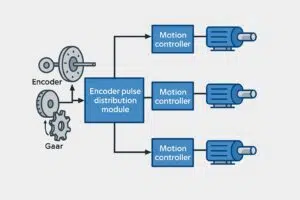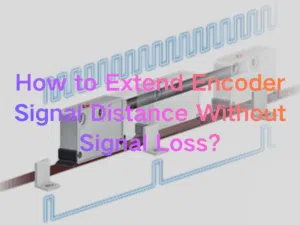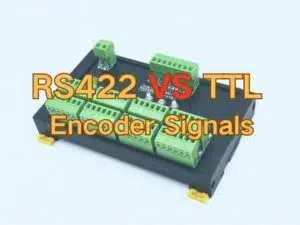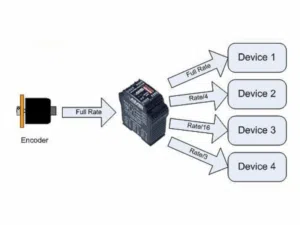Selecting the right terminal block is crucial for ensuring safety, reliability, and efficiency in industrial control systems and electrical panels. With so many options available, engineers and technicians often face challenges in choosing the most suitable terminal type for different applications.
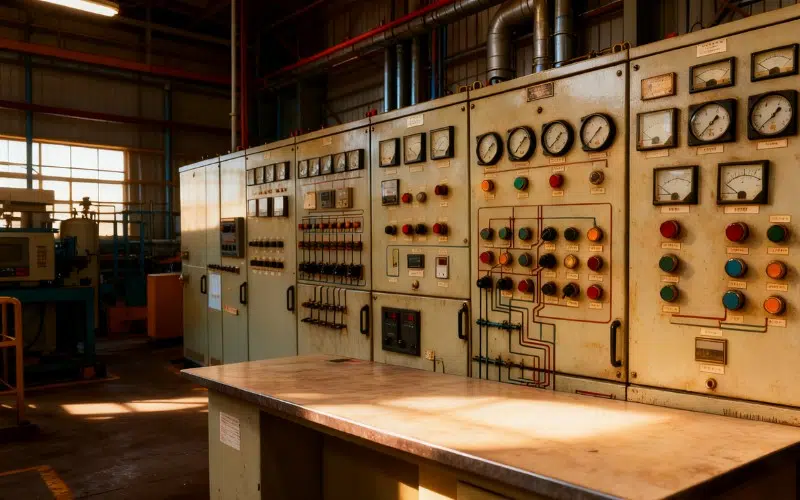
This guide focuses on four main types: Push-in, Spring-Cage, Screw, and Bolt terminal blocks. By understanding their working principles, installation methods, and their applications, you can improve wiring efficiency and guarantee long-term system stability. Accurate knowledge of choosing the right terminal block saves both time and operational costs.
What You Should Know–Key Takeaways
- Push-in terminal blocks allow tool-free, fast wiring, making them ideal for signal lines and PLC control systems.
- Spring-cage terminal blocks use a spring mechanism to ensure vibration-resistant connections, perfect for machinery and automation.
- Screw terminal blocks provide strong and versatile connections, suitable for medium-to-high current power distribution.
- Bolt terminal blocks deliver maximum stability and durability, handling heavy loads in industrial and energy systems.
- Selecting the right terminal block improves efficiency, prevents loose connections, and reduces long-term maintenance costs.
- AOSI’s terminal block solutions combine reliability, safety, and easy installation to support projects across multiple industries.
Part 1 Different Terminal Blocks and How They Work
Push-in Terminal Block
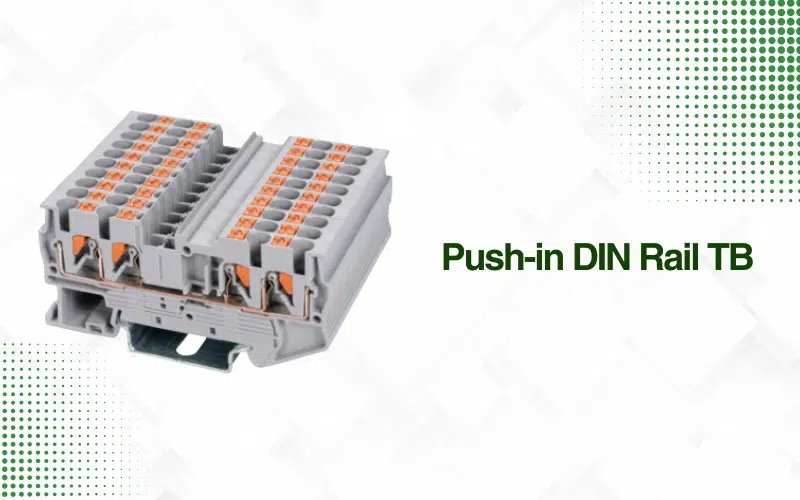
Push-in terminal blocks use a spring-loaded mechanism inside the terminal slot. When a stripped wire is inserted, the spring clamps onto the conductor, creating a secure electrical connection without tools. This design allows rapid installation, as the wire simply “pushes in” and locks automatically.
Advantages:
- Extremely fast wiring and tool-free installation
- Reduced installation errors due to direct insertion
- Easy maintenance for low-voltage and signal lines
Common Applications: PLC control panels, signal circuits, building automation, and low-current industrial wiring.
Spring-Cage Terminal Block
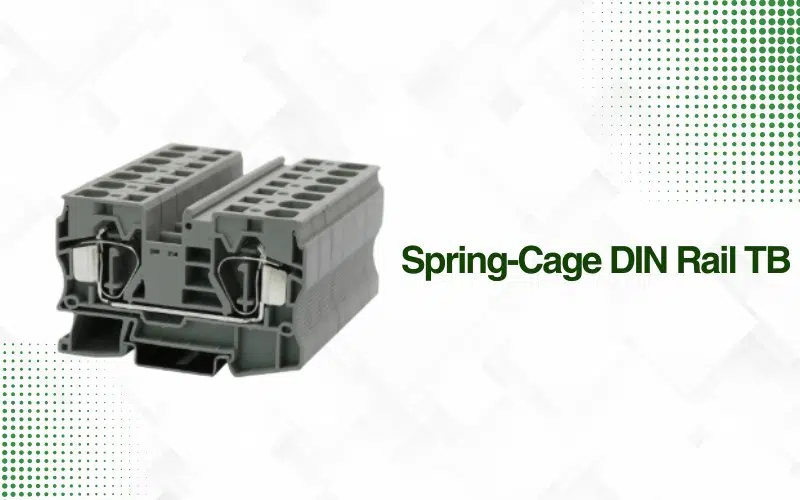
Spring-cage terminal blocks feature a metal spring inside the terminal that maintains constant pressure on the conductor. When inserting a wire, the spring compresses and ensures a reliable, vibration-resistant connection. This mechanism prevents loosening over time, especially in high-vibration environments.
Advantages:
- Vibration-resistant, maintains stable contact
- Quick connection without screws
- Consistent long-term reliability
Common Applications: Industrial automation, machinery control, transport equipment, and signal wiring that requires high stability.
Screw Terminal Block
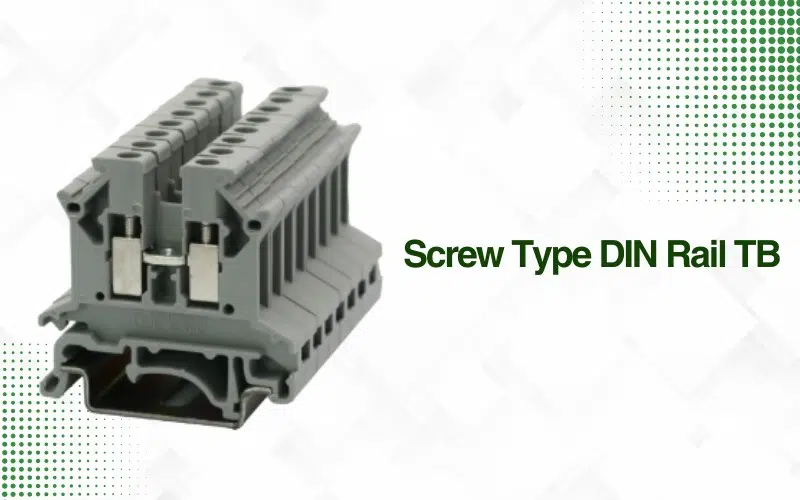
Screw terminal blocks secure wires by tightening a screw that clamps the conductor firmly within the terminal. The design provides robust mechanical and electrical contact, making it suitable for medium to high-current applications. Wires can be easily removed or replaced when necessary.
Advantages:
- Reliable high-current connection
- Easy to replace or rewire individual conductors
- Suitable for a variety of voltage levels
Common Applications: Power distribution panels, industrial machines, and medium-voltage wiring systems.
Bolt Terminal Block
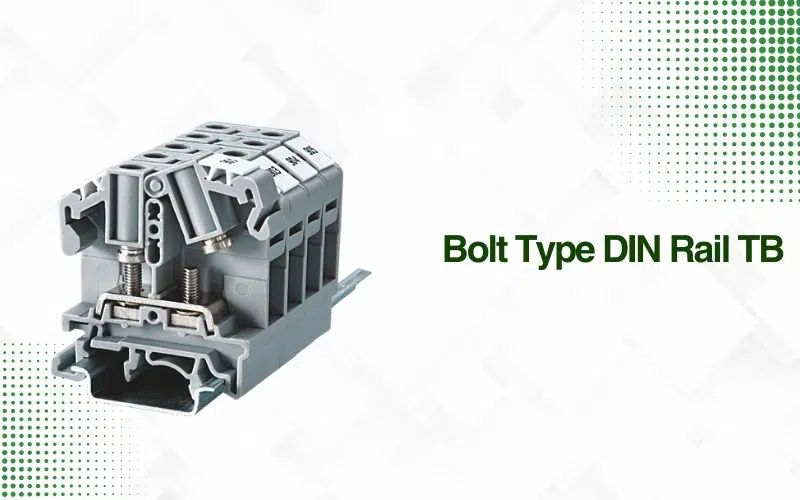
Bolt-type guide rail terminal blocks use a screw or bolt to clamp wires or busbars, offering maximum mechanical strength. The design ensures highly secure connections, even under heavy currents or in harsh industrial environments. It is ideal for main power lines or systems requiring industrial-grade durability.
Advantages:
- Maximum mechanical and electrical stability
- Supports high-current and high-voltage applications
- Long-lasting and reliable for heavy-duty use
Common Applications: Industrial main power lines, high-power control panels, energy distribution systems, and outdoor or heavy-load electrical systems.
Part 2 Why Choosing the Right Terminal Block Matters
Selecting the right terminal block affects not only installation efficiency but also long-term system reliability. For engineers and electricians, choosing the correct terminal type ensures that current ratings, voltage levels, and environmental conditions are adequately supported. It also simplifies maintenance and reduces downtime in industrial settings. The following table provides a clear comparison to guide you in choosing the right one for your project.
| Terminal Type | Installation Speed | Current Rating | Reliability | Ideal Application |
| Push-in | Very Fast | Low | Medium | Signal lines, PLC |
| Spring-Cage | Fast | Low-Medium | High | Vibrating control circuits |
| Screw | Medium | Medium-High | High | Power distribution |
| Bolt | Medium | High | Very High | Industrial main lines |
Part 3 Ensuring Proper Installation and Reliable Maintenance
How to Install Terminal Blocks
For Push-in and Spring-Cage types, strip the wire to the recommended length and insert it fully so the spring engages securely. For Screw and Bolt terminals, apply the correct torque when tightening to ensure a stable and lasting connection. Correct installation reduces risks of overheating, arcing, and poor electrical contact, making selecting the right terminal block even more important for long-term reliability.
Why Regular Maintenance Matters
Periodic inspection is essential, especially for Screw and Bolt terminals under heavy loads. Tightening connections prevents vibration-related loosening, while cleaning contacts avoids corrosion. Consistent maintenance not only prolongs terminal lifespan but also ensures operational safety, reduces downtime, and improves energy efficiency in industrial systems.
FAQ
A1: Consider current rating, voltage, wiring type and environmental conditions. Low-current signals often use Push-in or Spring-Cage, while high-power lines require Screw or Bolt blocks.
A2: Yes, combining types based on power and signal requirements is common to optimize installation speed and reliability.
A3: They are reliable for low-current or signal wiring. For high-current or heavy-duty applications, Screw or Bolt types are recommended.
A4: Inspect high-current connections periodically to ensure screws or bolts remain tight and prevent loosening due to vibration.
A5: Risks include loose connections, overheating, voltage drops and potential safety hazards. Selecting the right terminal block mitigates these risks.
Conclusion
Selecting the right terminal block is essential for safe and reliable electrical systems. Push-in and Spring-Cage blocks excel in fast and low-current wiring, while Screw and Bolt blocks handle medium to high-current applications with excellent durability.
Understanding each terminal ensures optimal system performance and long-term reliability. By focusing on current rating and environmental requirements, engineers can significantly reduce maintenance issues and downtime. Contact us today—assess your wiring needs and start selecting the right one for your next industrial or automation project.

